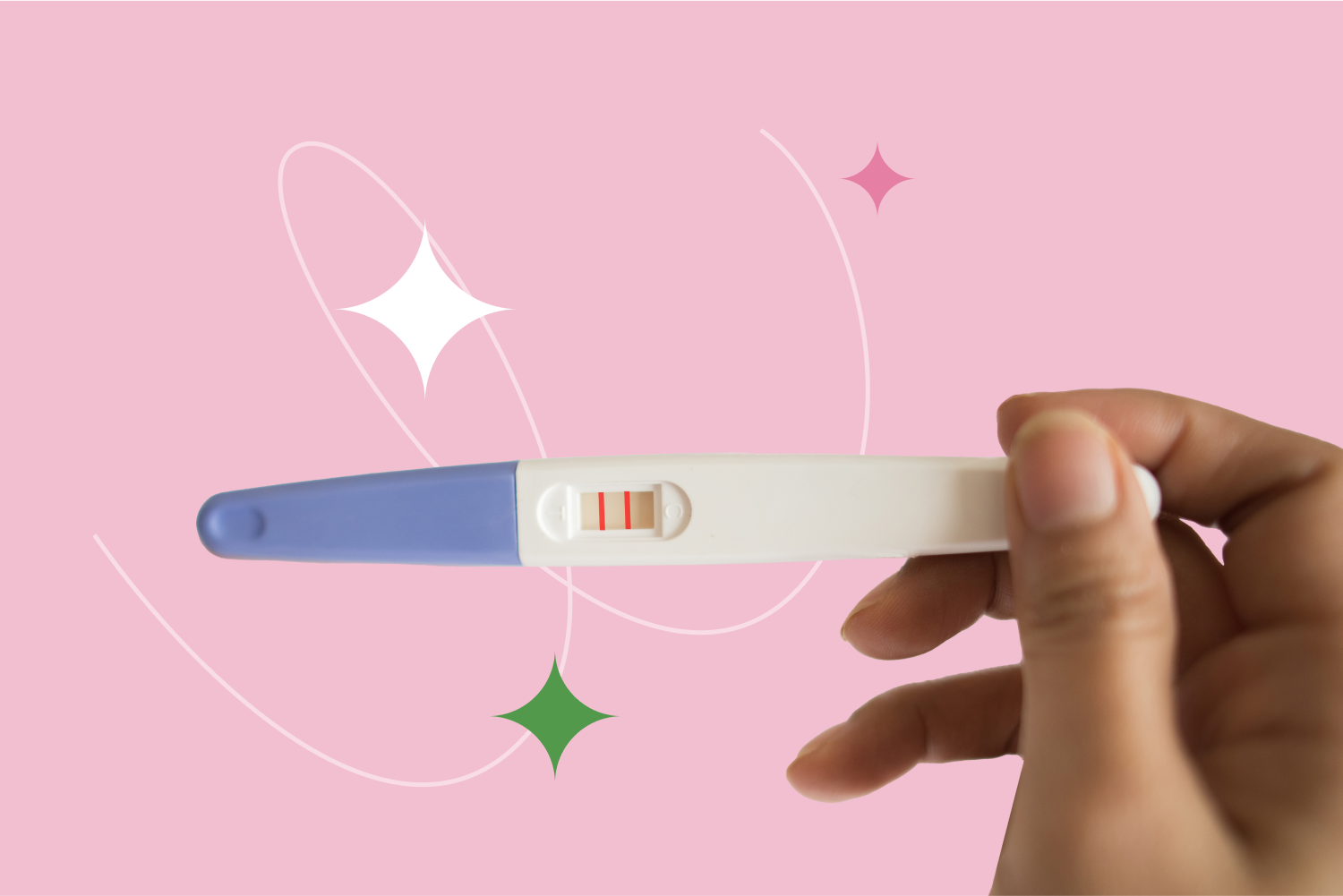The Fading Signal: Understanding Nerve Death After Radiofrequency Ablation
Radiofrequency ablation (RFA) is a minimally invasive procedure used to treat chronic pain by disrupting the pain signals transmitted by nerves. This article explores the process of nerve death after RFA, outlining the expected timeline and factors influencing the duration.
Understanding RFA: How Does it Work?
RFA uses radiofrequency waves to generate heat, targeting specific nerves responsible for transmitting pain signals. The heat damages the nerve tissue, interrupting the pain pathway to the brain. This results in pain relief, although the nerves themselves aren’t completely destroyed.
The Gradual Fade: Timeline of Nerve Death After RFA
The process of nerve death after RFA is gradual, not instantaneous. Here’s a breakdown of the expected timeline:
- Immediate Effects: Following the procedure, you might experience some temporary discomfort, burning, or numbness around the treatment area. This is due to localized nerve irritation and doesn’t necessarily indicate nerve death.
- 1-2 Weeks: During this initial period, you might experience gradual pain relief as the damaged nerves become less effective in transmitting pain signals.
- 2-3 Weeks (Maximum Pain Relief): In most cases, patients achieve maximum pain relief within 2-3 weeks after RFA. This timeframe coincides with the time it takes for the damaged nerves to die off completely.
- Up to 2 Years: In some cases, it can take up to two years for the nerves to fully degenerate and for pain relief to become permanent. This extended timeline depends on various factors discussed below.
Important Note: This is a general timeline, and individual experiences might vary. Always consult your doctor for a personalized estimate based on your specific condition.
Factors Affecting the Timeline of Nerve Death After RFA
Several factors can influence how long it takes for nerves to die completely after RFA:
- Severity of Nerve Damage: The extent of nerve damage caused by the RFA procedure affects the time needed for complete degeneration. More severe damage leads to faster nerve death.
- Location of Treated Nerves: The size and location of the targeted nerves can influence the timeline. Larger or more deeply located nerves might take longer to die off completely.
- Individual Healing Rate: Everyone heals at their own pace. Some individuals might experience faster nerve death and pain relief compared to others.
- Underlying Medical Conditions: Certain medical conditions, such as diabetes, can slow down healing and nerve regeneration, potentially extending the time for complete nerve death.
Living Beyond Pain: Managing Expectations After RFA
While RFA offers significant pain relief for many patients, it’s crucial to manage expectations:
- Temporary Relief: In some cases, the pain-relieving effects of RFA might be temporary. The nerves can regenerate over time, leading to a return of pain. Repeat procedures might be necessary.
- Gradual Process: Don’t expect immediate and complete pain relief. The process of nerve death takes time, and you might experience gradual pain reduction over a few weeks.
- Individual Results: While RFA is generally effective, results can vary depending on the factors mentioned above.
Frequently Asked Questions: Demystifying Nerve Death After RFA
Q: Will I feel any pain when the nerves die after RFA?
A: The process of nerve death itself shouldn’t cause additional pain. However, you might experience some temporary discomfort or numbness around the treatment area immediately following the procedure.
Q: How long will the pain relief from RFA last?
A: The duration of pain relief can vary. In some cases, it can be permanent, while in others, the pain might return after several months or years.
Q: What if I don’t experience pain relief after RFA?
A: If you don’t experience significant pain relief within a few weeks after RFA, consult your doctor. They might recommend additional procedures or explore alternative pain management options.
Q: Are there any risks associated with RFA?
A: RFA is a generally safe procedure, but like any medical intervention, it carries some potential risks. These might include infection, bleeding, nerve damage (usually temporary), or damage to surrounding tissues. Discuss any potential risks with your doctor before undergoing RFA.
Remember: Open communication with your doctor is crucial throughout the RFA process. Discuss your expectations, potential side effects, and the expected timeline for pain relief.
Beyond the Procedure: Optimizing Recovery and Results After Radiofrequency Ablation (RFA)
While radiofrequency ablation (RFA) offers a minimally invasive approach to chronic pain management, maximizing its effectiveness requires a two-pronged approach. This article explores strategies to optimize recovery after RFA and potentially enhance the longevity of pain relief.
Prioritizing Healing: Recovery Tips After RFA
Following your doctor’s post-procedure instructions is crucial for optimal healing and minimizing discomfort. Here are some key recovery tips:
- Rest and Pain Management: Prioritize rest in the initial days following RFA. Utilize pain medication as prescribed by your doctor to manage any discomfort.
- Ice Application: Apply ice packs to the treatment area for short intervals (15-20 minutes) several times a day to reduce inflammation and swelling.
- Gradual Activity Resumption: Avoid strenuous activity for the first few days after RFA. Gradually resume your regular activities as tolerated, listening to your body and avoiding movements that cause pain.
- Physical Therapy: In some cases, your doctor might recommend physical therapy to improve mobility and flexibility in the treated area. This can further enhance pain relief and recovery.
Lifestyle Optimization: Promoting Long-Term Pain Relief
In addition to following recovery protocols, consider these lifestyle modifications to potentially extend the benefits of RFA:
- Maintaining a Healthy Weight: Excess weight can put strain on joints and exacerbate pain. Maintaining a healthy weight reduces stress on the treated area and might contribute to longer-lasting pain relief.
- Posture and Ergonomics: Maintaining good posture and practicing proper ergonomics can reduce stress on your joints and spine, potentially preventing pain recurrence.
- Exercise and Stretching: Regular exercise and stretching can improve flexibility, strengthen muscles, and promote overall well-being. However, avoid strenuous activity until your doctor clears you to resume it.
- Stress Management: Chronic stress can worsen pain perception. Techniques like meditation, yoga, or deep breathing exercises can help manage stress and potentially improve pain control.
- Smoking Cessation: Smoking can hinder healing and contribute to pain. If you smoke, quitting can significantly benefit your overall health and potentially improve the longevity of pain relief after RFA.
- Healthy Diet: A balanced diet rich in fruits, vegetables, and whole grains provides essential nutrients for healing and overall health. Maintaining a healthy diet can contribute to a stronger body and potentially reduce chronic pain.
Remember: These are general recommendations. Always consult your doctor for personalized guidance on optimizing your recovery and pain management strategy after RFA.
Beyond the Initial Relief: Considerations for Long-Term Pain Management
While RFA offers significant pain relief, it’s important to understand that it might not be a permanent solution:
- Nerve Regeneration: In some cases, the targeted nerves can regenerate over time, leading to a return of pain. Repeat procedures might be necessary.
- Multimodal Approach: Chronic pain management often requires a multimodal approach, combining RFA with other pain management techniques like medication, physical therapy, and lifestyle modifications.
Continuous Monitoring and Communication:
- Regular Follow-Up Appointments: Schedule regular follow-up appointments with your doctor to monitor your progress and address any concerns about pain recurrence.
- Early Intervention: If you experience any signs of returning pain, don’t hesitate to consult your doctor. Early intervention might prevent the need for repeat procedures.
By following these recovery and long-term management strategies, you can optimize the results of your RFA procedure and potentially experience lasting pain relief, improving your quality of life.




